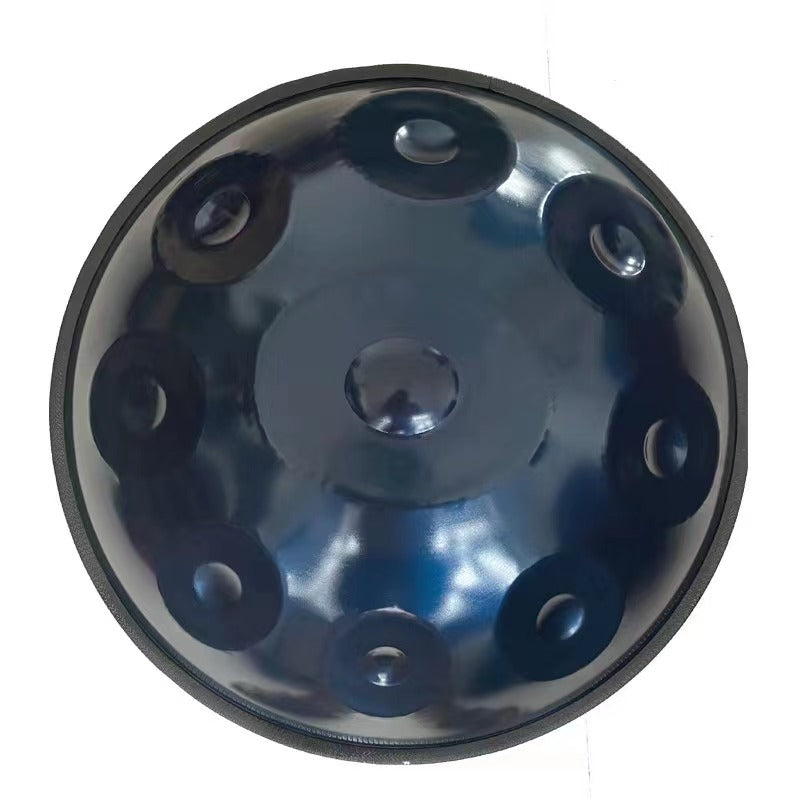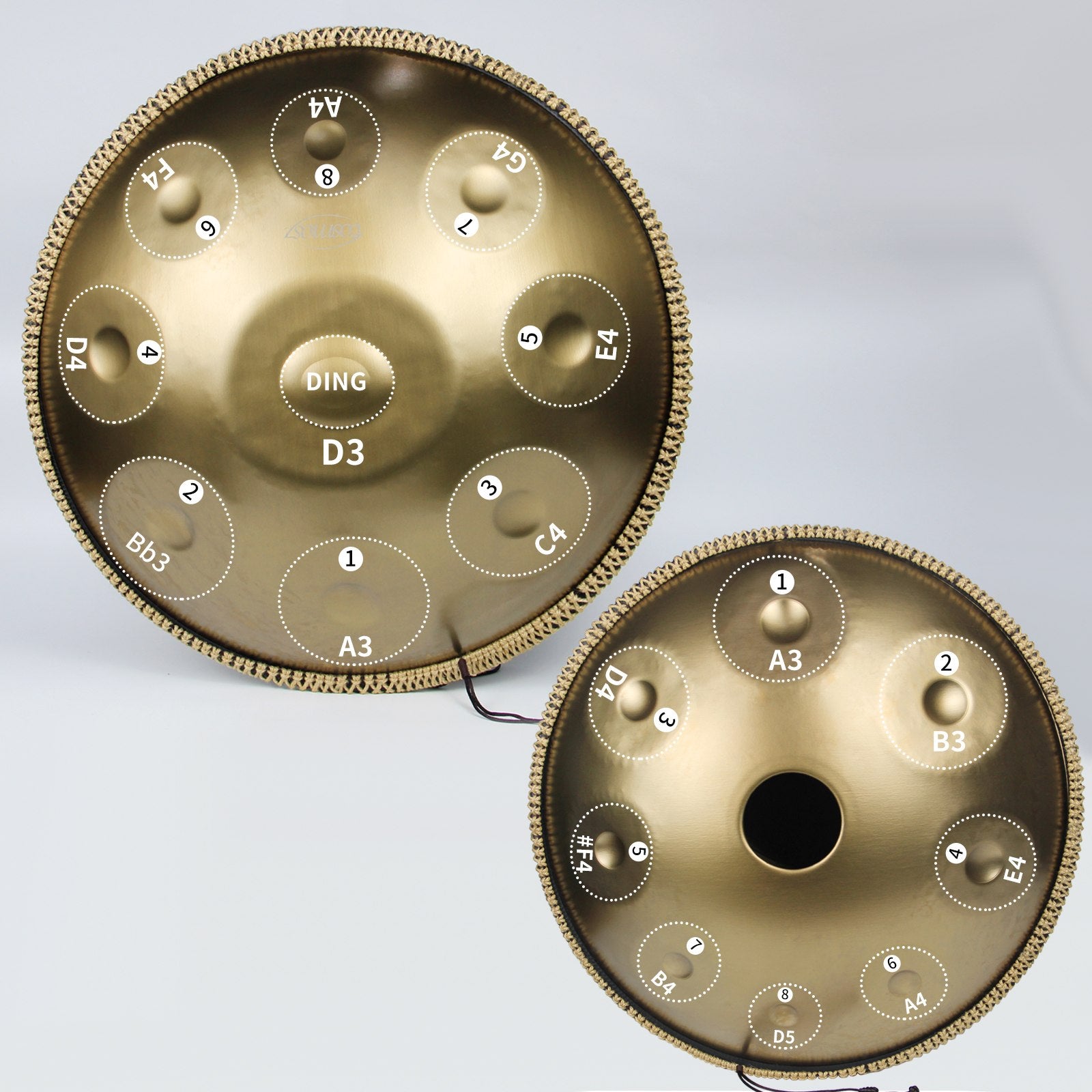Introduction to Handpan From
The question “What country is a handpan from?” has intrigued musicians and sound healers worldwide. This unique instrument — with its mesmerizing, ethereal tones — has captured global attention. Understanding where the handpan from originally helps us appreciate how culture, innovation, and craftsmanship shaped it into a worldwide phenomenon.

In this article, we’ll explore the fascinating story of where the handpan comes from, trace its evolution, and highlight modern innovators like Cosmos Handpan who continue this musical legacy.
The Origin — What Country is a Handpan From?
To answer what country the handpan from, we must go back to the early 2000s in Switzerland. The handpan was developed as an evolution of the Caribbean steel drum. In 2000, a company called PANArt in Bern, Switzerland, introduced an instrument called the “Hang,” which became the foundation for the handpan family.
So when asking “What country is a handpan from?”, the clear answer is Switzerland. The word “Hang” means “hand” in the Bernese German dialect — symbolizing how the instrument is played by hand rather than with sticks or mallets.
The Swiss Connection
The handpan from Switzerland quickly spread worldwide due to its unique tone field structure and spiritual resonance. It combined acoustic engineering, metallurgy, and musical intuition. As demand grew, artisans in other countries began experimenting, leading to a new generation of handpans from Europe, Asia, and the Americas.
Evolution of the Handpan Across the World
Although the handpan originated in Switzerland, its sound resonated globally. Craftsmen and musicians worldwide began refining and reinventing it, creating their own local styles and innovations. When exploring “handpan from which country,” we find that today it’s a truly international art form.
Europe — The Expansion of Craftsmanship
European artisans from Germany, Italy, and Spain were among the first to replicate and expand upon the Swiss model, resulting in instruments with distinct scales and tunings. These makers carried the concept of the handpan from Switzerland to new frontiers.
Asia — Precision and Harmony
Asian craftsmen have contributed exceptional metalworking skills to refine the handpan from tradition. In particular, regions known for their metallurgical heritage have introduced new alloy treatments, improving resonance and durability.
America — The Artistic Revolution
In North and South America, the handpan from culture has taken a creative turn. Artists have integrated the instrument into genres ranging from ambient to jazz, inspiring music festivals and therapy programs dedicated to the handpan.
How Handpans Are Made Today
Modern handpans combine traditional craftsmanship with advanced technology. The handpan from Switzerland inspired makers to experiment with various steel types, shaping techniques, and tuning methods.
Materials and Sound Engineering
The best handpans are made from nitrided steel or stainless steel to enhance stability and tone purity. Each handpan from different makers may have unique tonal characteristics — warm, bright, or meditative.
Tuning and Notes
A typical handpan features 8 to 17 notes. Each note is tuned carefully using hammers and microphones to achieve a harmonic balance. This delicate process defines the quality of sound of every handpan from expert crafters.
Company Spotlight: Cosmos Handpan — The Story of a Musical Journey

Cosmos Handpan was born from a dream shared by passionate musicians — to create a handpan from the heart, blending art, science, and emotion. This vision drove them to refine their craft until they discovered a sound that would enchant players and listeners alike.
Their team of skilled craftsmen focuses on detail and tonal harmony, ensuring that each handpan from Cosmos resonates with balance and beauty. Every instrument undergoes a meticulous tuning process, capturing the soul of sound healing and music.
Cosmos Handpan Products
| Product | Description |
|---|---|
| 9 Notes Handpan | Perfect for beginners exploring whether is handpan difficult to learn. Smooth tones and easy scale layouts. |
| 10 Notes Handpan | Balanced instrument for melodic exploration with extended scale flexibility. |
| 12 Notes Handpan | Ideal for advanced players seeking wider tonal possibilities. |
| 17 Notes Handpan | A professional-grade handpan designed for complex compositions and live performances. |
| 10 Inches Tongue Drum | Compact and portable drum offering therapeutic sound; excellent for relaxation. |
| 12 Inches Tongue Drum | Balanced tone depth and clarity; suitable for all music levels. |
| 14 Inches Tongue Drum | Deep, rich resonance — perfect for meditation and sound healing sessions. |
Summary Table — Handpan Development Timeline
| Year | Event | Country |
|---|---|---|
| 2000 | Invention of the Hang — first modern handpan prototype | Switzerland |
| 2004–2010 | Emergence of new handpan makers in Europe | Germany, France, Italy |
| 2010–2015 | Global expansion; introduction to Asia and Americas | Worldwide |
| 2015–2025 | Rise of modern brands like Cosmos Handpan | Global |
FAQs — Understanding What Country the Handpan is From
Q: What country is the handpan originally from?
A: The handpan originated in Switzerland, developed by PANArt in Bern in 2000. It was based on the Trinidadian steel drum concept.
Q: Is the handpan from the Caribbean?
A: While the handpan is inspired by the Caribbean steelpan, it is not from the Caribbean. The handpan from Switzerland evolved independently as a new instrument family.
Q: Are there differences between a hang and a handpan?
A: Yes. “Hang” refers to PANArt’s original instrument from Switzerland. “Handpan” is the general term for instruments inspired by it.
Q: How has the handpan from Switzerland influenced modern music?
A: The handpan from Switzerland revolutionized ambient and meditative music, inspiring artists worldwide to explore new sounds and cultural fusion.







